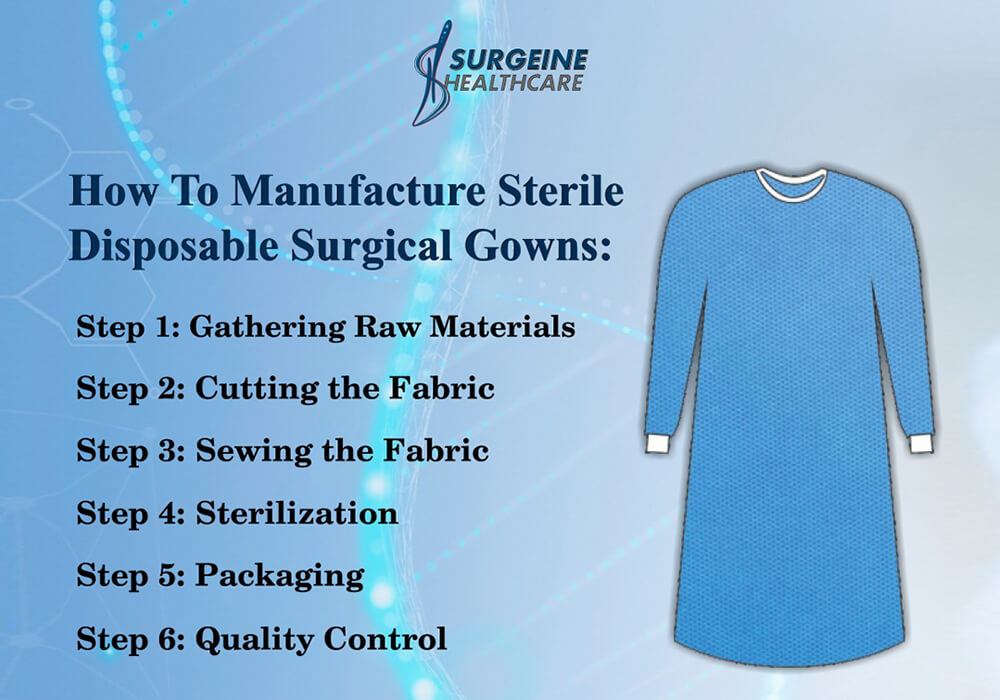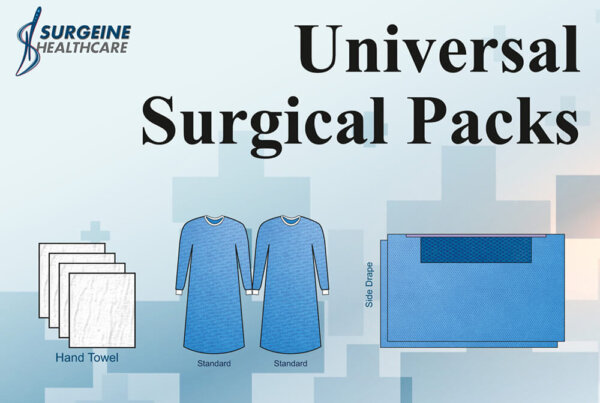Disposable surgical gowns are essential in ensuring the safety of both medical practitioners and patients during surgical procedures. It is crucial that these gowns are not only sterile but also provide adequate protection from infection and contamination. In this article, we will explore the steps involved in manufacturing sterile disposable surgical gowns.
Step 1: Gathering Raw Materials
The first step in manufacturing sterile disposable surgical gowns is to gather the raw materials required for production. These materials include non-woven fabric, elastic bands, thread, and sterilization pouches. It is important to choose high-quality raw materials that meet the necessary standards for surgical gowns, such as the AAMI level 3 standard.
Step 2: Cutting the Fabric
Once the raw materials are gathered, the next step is to cut the non-woven fabric into the desired size and shape of the gown. This is done using a cutting machine, which ensures that the fabric is cut precisely and efficiently.
Step 3: Sewing the Fabric
Once the fabric is cut, it is then sewn together to form the gown. The gown is sewn in such a way that it covers the entire body, providing adequate protection from contamination and infection. The gown should also have adequate openings for the arms, which can be tightened using the elastic bands.
Step 4: Sterilization
After the gown has been sewn, it is then subjected to sterilization. This is done to ensure that the gown is free from any bacteria or other microorganisms that could cause infection. The gown is typically sterilized using ethylene oxide gas, which is known for its effectiveness in sterilizing medical equipment.
Step 5: Packaging
Once the gown has been sterilized, it is then packaged in a sterile environment. This is done to ensure that the gown remains sterile until it is used. The gown is typically packaged in a sterilization pouch, which is made of a special material that allows for sterilization but also prevents contamination.
Step 6: Quality Control
Finally, it is important to perform quality control checks on each gown to ensure that it meets the necessary standards. This includes checking the gown for any defects, such as holes or tears, and ensuring that it is sterile.
Conclusion
In conclusion, the manufacture of sterile disposable surgical gowns requires a carefully planned and executed process. By following the steps outlined above, manufacturers can ensure that they produce high-quality gowns that provide adequate protection from infection and contamination. This not only protects medical practitioners and patients, but also helps to maintain the reputation of the manufacturer as a reliable supplier of sterile surgical gowns.




